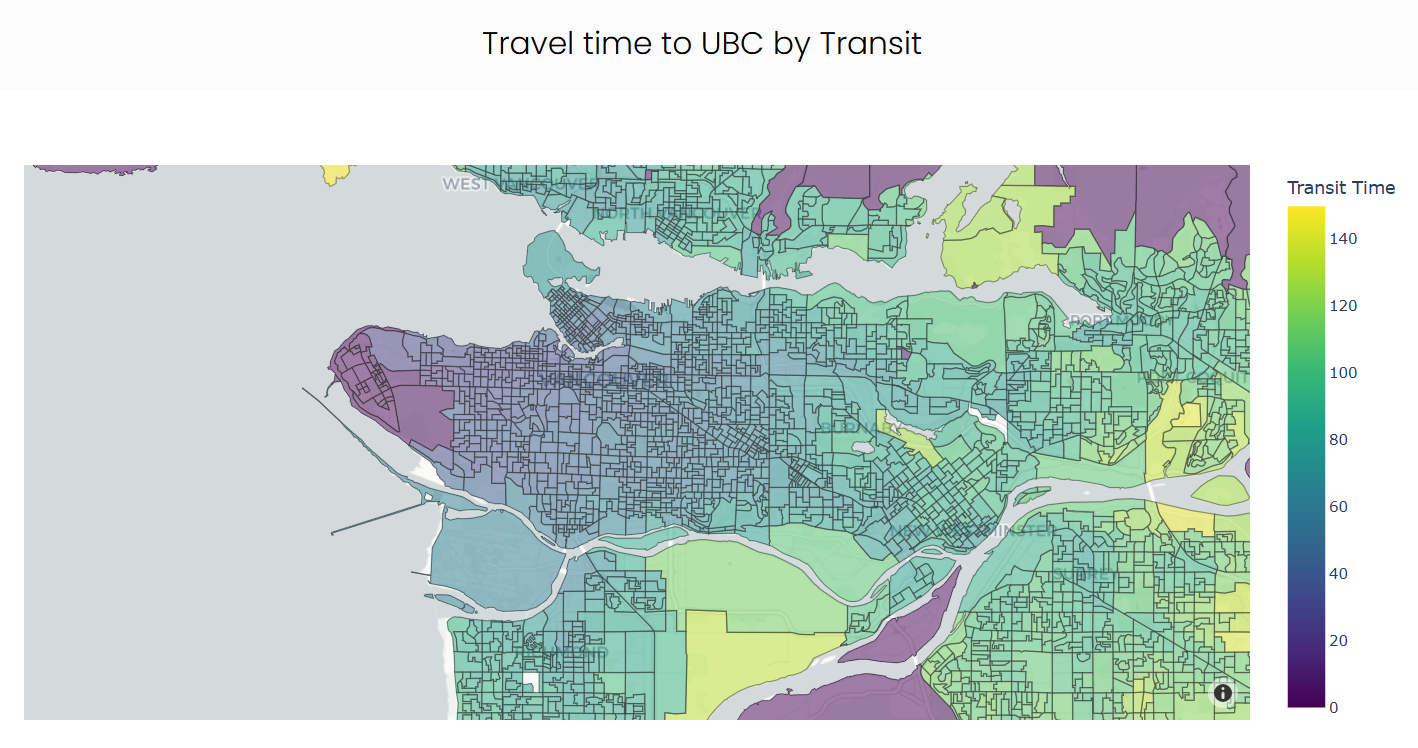Hi, I'm Mark.
My background is in civil engineering, with a focus on faster transit and safer walking & biking. I like writing code, especially when it intersects with my interest in urbanism.
I also like hiking, reading, 3D printing, Civ 6, and... more biking.
Victoria/Vancouver, BC
Download my resume.





